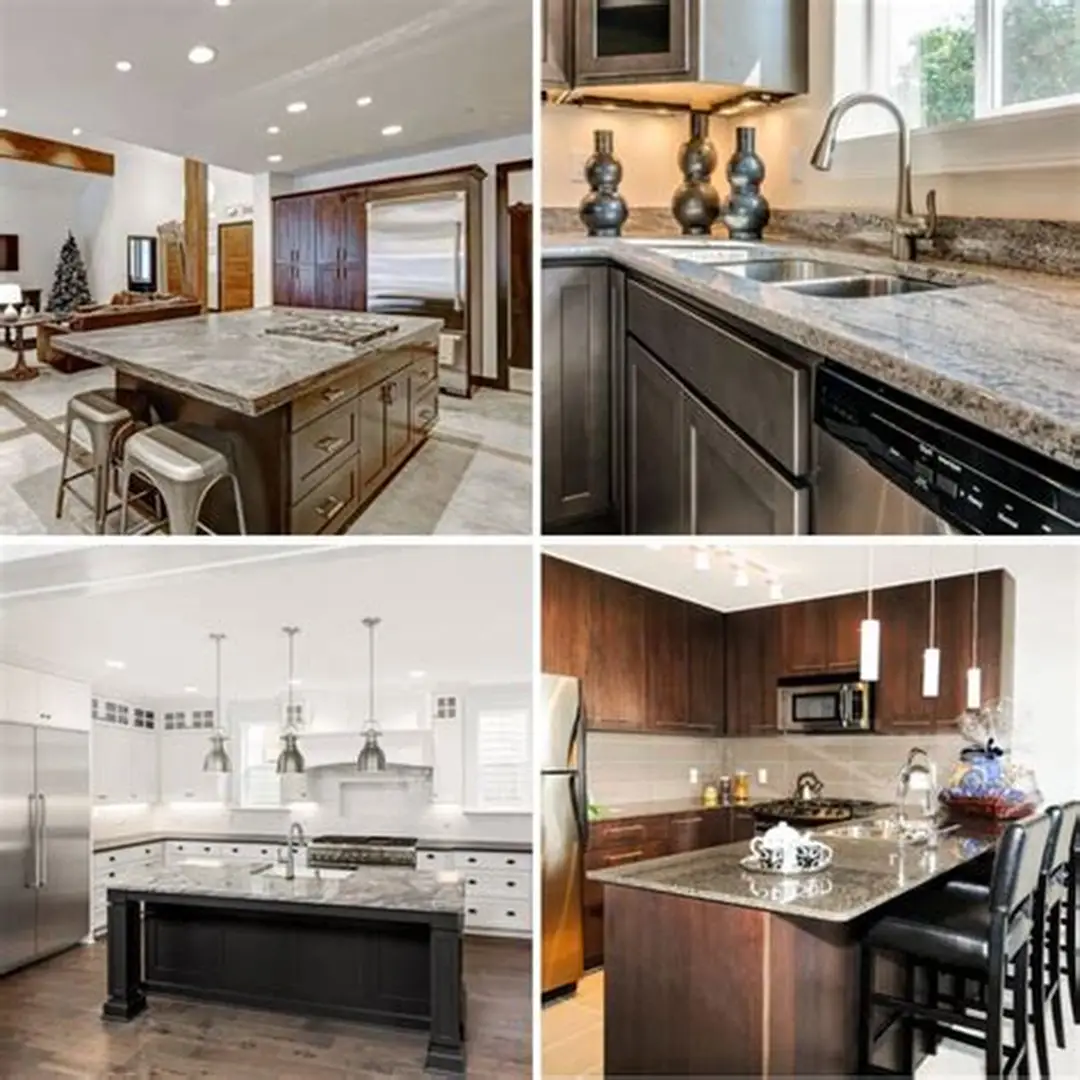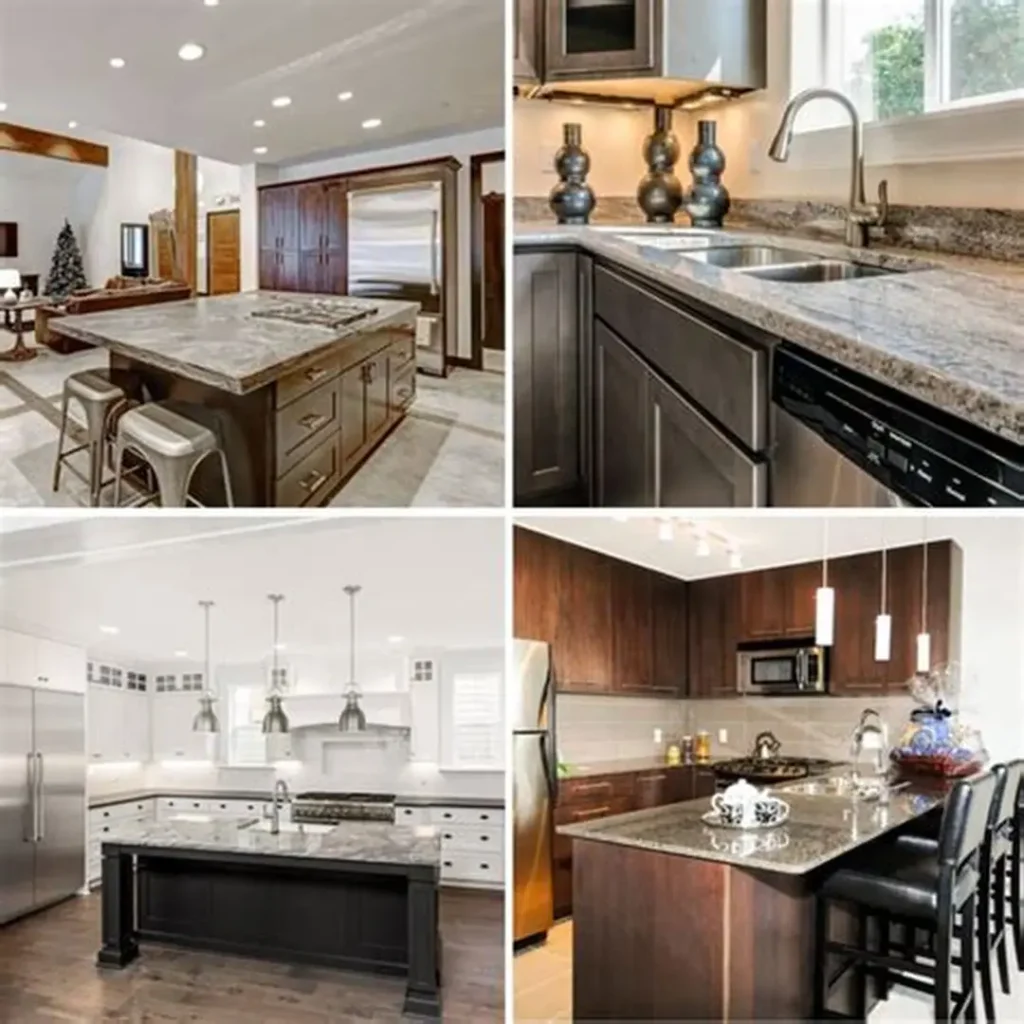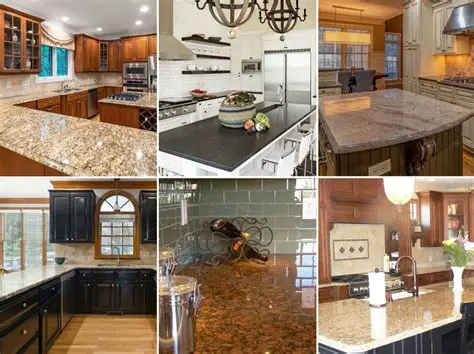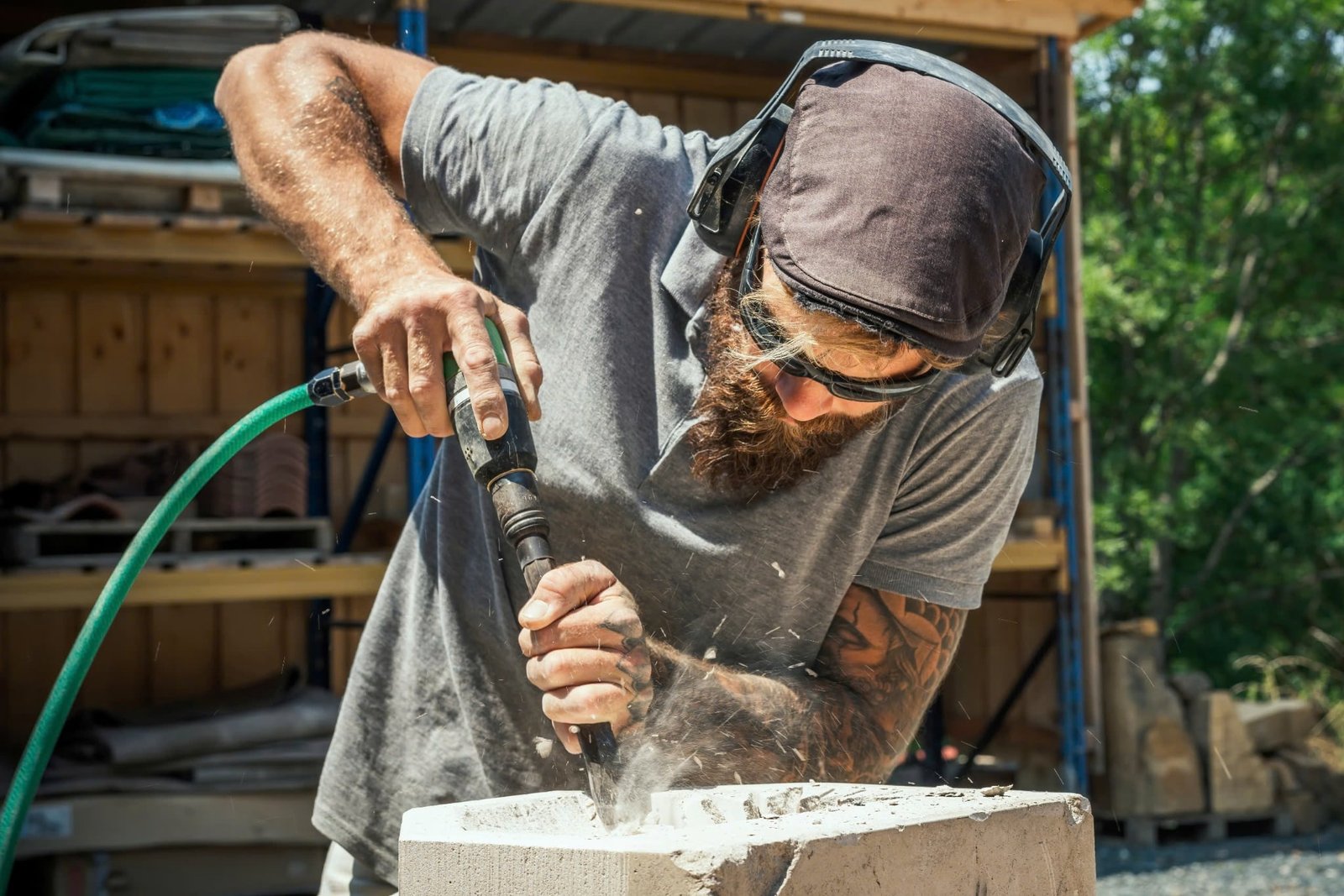
Granite countertops are a hallmark of luxury and durability in modern home design.
Granite countertops are a hallmark of luxury and durability in modern home design. But what if your existing granite doesn’t match your current aesthetic? Can you change its color without a full replacement? The answer is yes — with the use of specific stains and dyes designed for natural stone surfaces, you can transform your granite countertops to better suit your style.
In this guide, we’ll walk you through the process of changing the color of granite countertops, including how to stain or dye the surface effectively while preserving its integrity and beauty.

Why Change the Color of Granite Countertops?
There are many reasons why homeowners may want to modify their granite’s color:
- Outdated hue that clashes with new cabinets or backsplash
- Enhancing contrast with white cabinets or modern flooring
- Hiding imperfections or discoloration
- Creating a more customized or upscale look
Whether you have black granite countertops, brown granite countertops, or the classic blue pearl granite countertops, the right dye can make a dramatic difference.

Can You Stain or Dye Granite Countertops?
Yes, granite can be stained or dyed, but it requires proper preparation, the right product, and careful application. Keep in mind:
- Polished granite countertops are less porous, making them harder to dye.
- Honed granite countertops or unsealed granite is more receptive to dyes.
- Professional-grade granite dye kits are required for best results.
Important: This process is typically semi-permanent. Always test in a small area first.
Tools & Materials You’ll Need
To successfully change the color of your granite kitchen countertops or granite bathroom countertops, gather the following:
- Granite dye kit (color of your choice)
- Acetone or granite-safe degreaser
- Clean cloths and microfiber towels
- Soft-bristle brush or sponge
- Sealer (for post-dye protection)
Step-by-Step: How to Change the Color of Granite Countertops
Step 1: Clean the Granite Surface Thoroughly
Use acetone or a granite-safe degreaser to remove all oils, waxes, and sealers from the granite. This step ensures maximum dye absorption.
Step 2: Test the Dye on a Small Area
Before applying it to the full surface, test the dye on a hidden section or leftover granite slab for countertops to assess the result.
Step 3: Apply the Granite Dye
Use a clean cloth or brush to apply the dye evenly across the granite. Work in small sections, following the grain of the stone. Let each layer dry before applying another.
Step 4: Buff and Even the Surface
Buff the surface with a microfiber cloth to remove excess dye and ensure an even finish. Repeat application if the desired depth hasn’t been achieved.
Step 5: Seal the Granite
Once the dye is dry, apply a high-quality granite sealer. This protects the new color and helps prevent future staining.
Related: Granite Countertop Installation
Best Granite Colors to Dye
| Original Color | Suitable Dye Colors |
|---|---|
| White Granite Countertops | Gray, charcoal, dark brown |
| Brown Granite Countertops | Rich espresso, mahogany, deep black |
| Black Granite Countertops | Blue-black, green-black, or darker shades |
| Blue Pearl Granite | Enhanced blue or steel gray tones |
Design Benefits of Recoloring Granite
- Modernizes older granite installations
- Saves money versus full replacement
- Allows better coordination with paint, backsplash, and cabinets
- Custom color finishes available
Explore combinations with:
- What Is a Waterfall Edge on Granite Countertops?
- What Is the Most Popular Edge for Granite Countertops?
Maintenance Tips After Staining Granite
- Use pH-balanced granite-safe cleaners
- Reseal the surface every 6–12 months
- Avoid harsh scrubbing or acidic substances
- Blot spills immediately, especially oils and wines
For more about granite composition, visit:
- What minerals are in granite?
- Granite rock is light in color — which feature directly contributes to this color?
Final Thoughts
Changing the color of your granite countertops through staining or dyeing is an innovative and cost-effective way to refresh your kitchen or bathroom. Whether you want to darken existing tones or completely alter the aesthetic, this DIY-friendly technique can breathe new life into your home’s design.
Always choose professional-grade materials and sealers, and when in doubt, consult a Countertop Fabricator for expert advice.
Need more inspiration? Check out:

